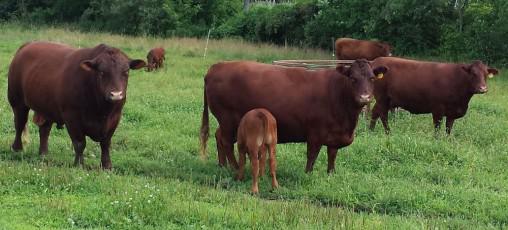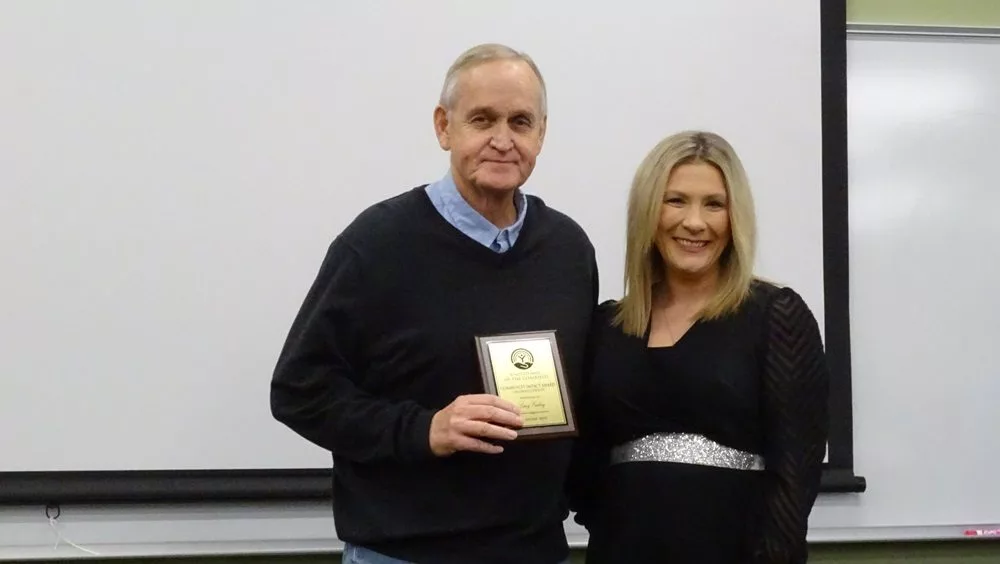(By Graham Cofield)
Working Around livestock can be a very rewarding experience, particularly for our Young people. Children when working around livestock safely can learn many valuable life lessons including responsibility and work ethic, and who doesn’t like to see kids working with their animals. It is important however to remember that livestock can be dangerous, an estimated 17% of all farm related injuries are animal related.
The first thing for folks not used to dealing with farm animals to keep in mind is their clothing, mainly shoes. Always wear closed toed shoes or boots, heavy leather is best and steel toes may be appropriate. You also should also avoid any clothing that is excessively baggy or loose enough to flop around while working, this could spook the animals as well as get you tangled up. Folks also need to keep an escape plan in mind when working in close quarters with animals. If the animal gets aggressive you need to get out quickly and they may not give you time to think about it. It is also important to remember bulls, boars, studs and animals with newborns should be avoided if possible, if you must work with these animals use extra care.
Paying attention to the animals is the most important thing a person can do to avoid injury, generally by watching the animal and it’s behavior you have an idea what they are about to do. Seeing things from the livestock’s perspective is important, farm animals see things differently than people, they don’t perceive colors like people and lack good depth perception. This is one reason cattle guards work to keep cattle in. They have better peripheral vision than people, but they have a fairly large blind spot directly behind them. This is why when approaching livestock you should be sure you aren’t slipping up behind them, if they don’t know you are there until you touch them you likely will be kicked or the animal may spook, maybe not because the animal is ill tempered, but because you surprised them. When approaching animals try to approach from the side and near the shoulder, this allows the animal to see you coming and it is considered the balance point of the animal. As you approach you can also determine how comfortable the animal is around you. As you approach the animal will move away the distance that they do is called the animal’s flight zone (see Illustration). People working around livestock should also avoid loud noises or sudden movements, animals have sensitive hearing and sudden loud noises tend to make them skittish. It is also important to consider the conditions of your working facilities and equipment, in addition to fixing gates that don’t swing or latch and holes in fences, you should also look over your head gate and chute to be sure they are working smoothly and that there aren’t other unexpected hazards in the facility such as wasps that have built nests since the last herd work or trees damaged in storms. Be familiar with your equipment before using it on animals, taggers, automatic syringes and drench guns all can work slightly different from one brand to another. Be sure to know the appropriate placement and dose for the animals you are treating, this is important to ensure a safe, quality meat product as well as animal health. It is also important to have proper restraints on animals being treated, and to know what warnings are associated with the medications. Some antibiotics or vaccines are harmful or fatal if accidentally injected into humans, no one would do this on purpose, but accidents do happen and this does occur sometimes. Proper restraints and procedures when treating animals helps keep accidents like that from happening. If an accidental injection occurs take the medicine bottle with you to the hospital for treatment, if the doctors don’t know what you injected yourself with they won’t know how to proceed.
Staying alert and keeping these safety measures in mind will help reduce the risks encountered when working with livestock. One should also remember that tame animals or “pets” are sometimes the most dangerous because we trust them more than we should. Remember to stay alert, aware of the animals and surroundings, and always respect the animals to avoid unnecessary injury with livestock.





